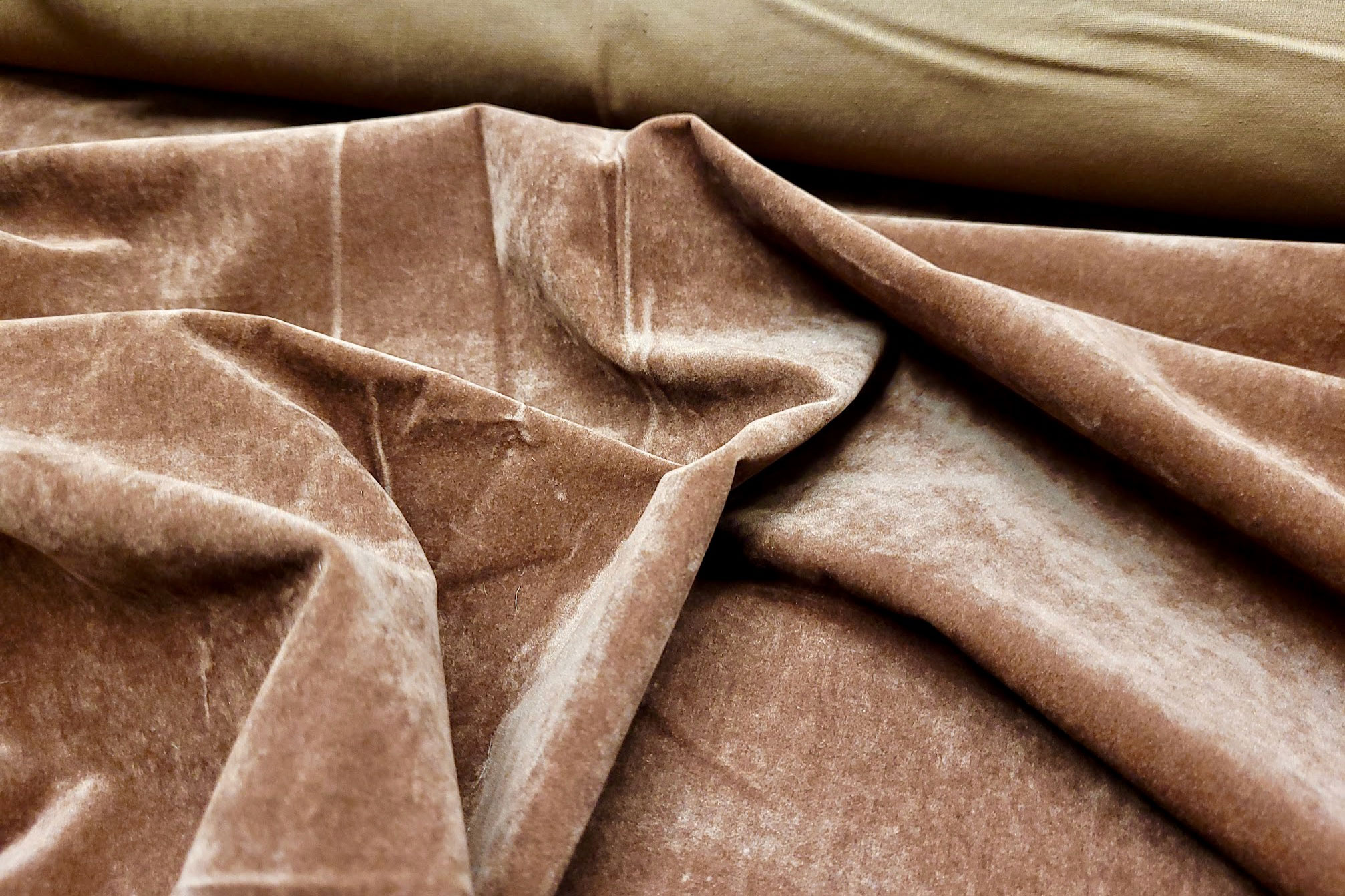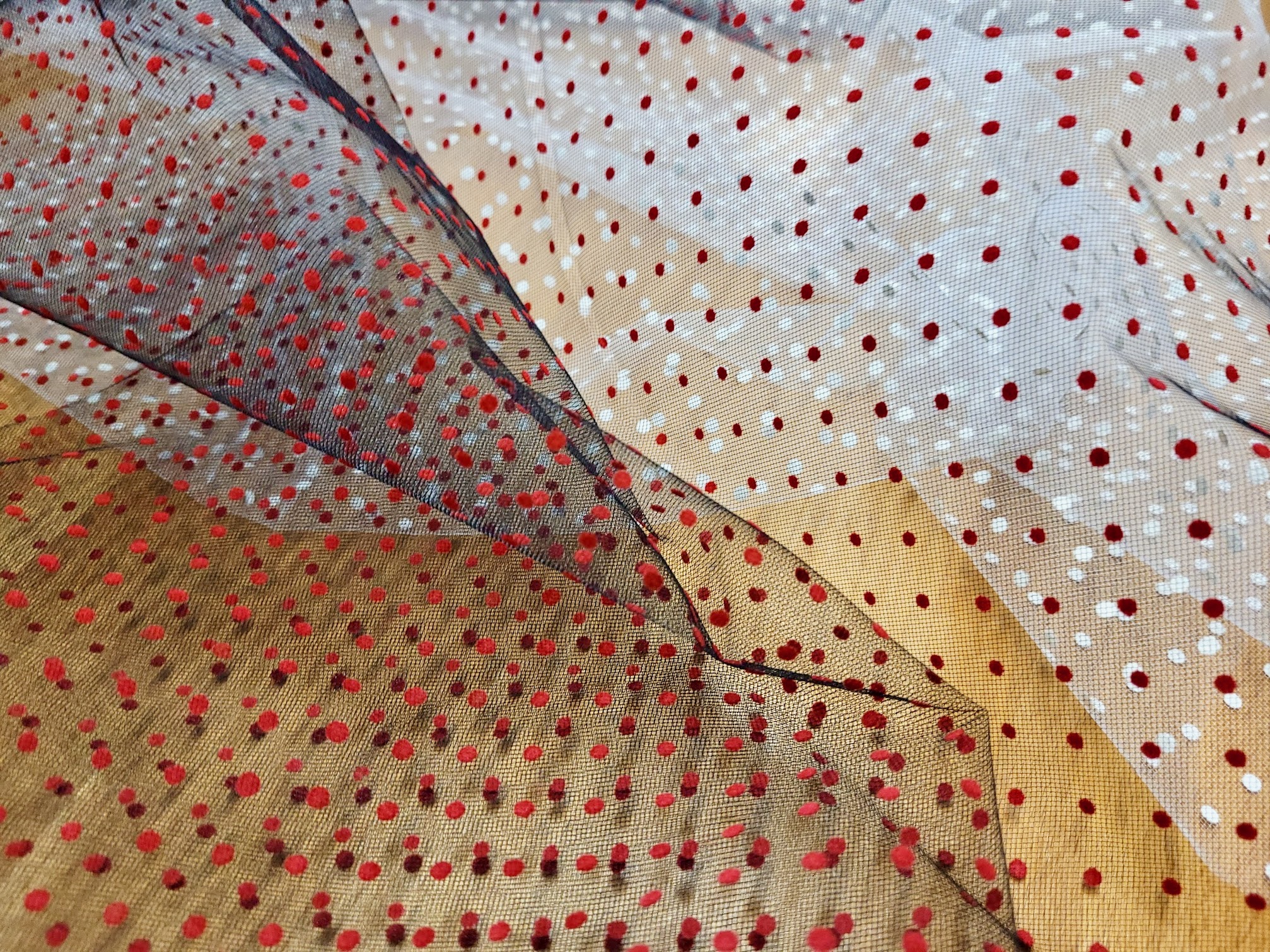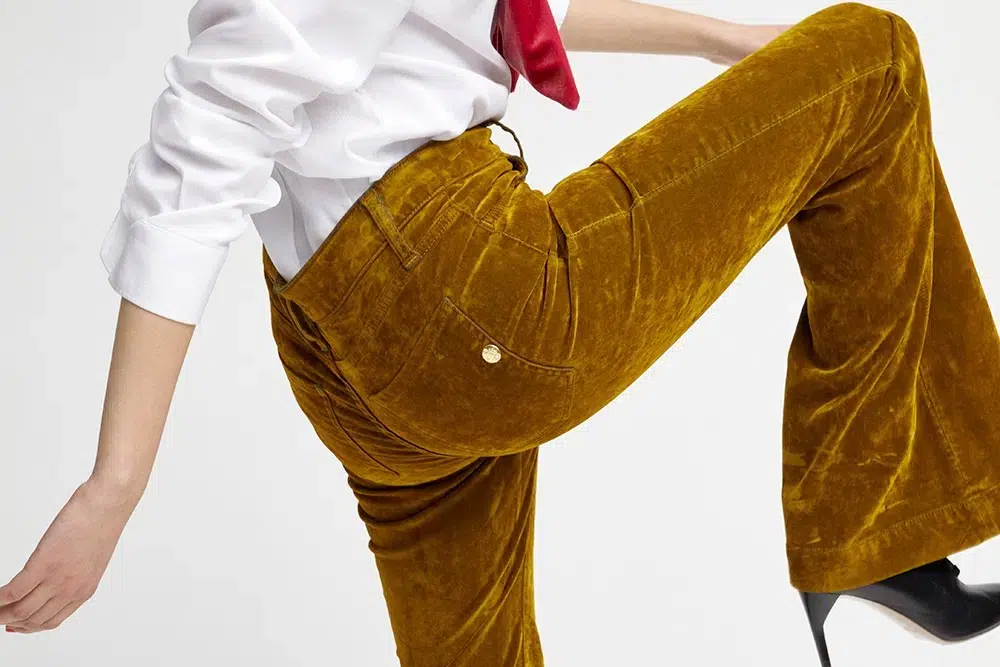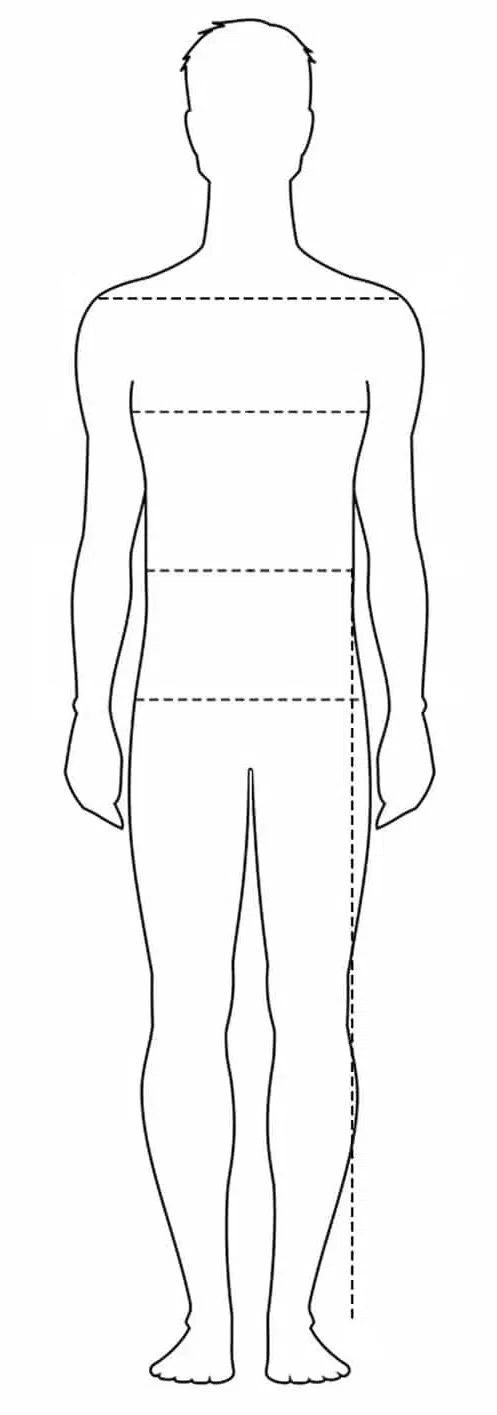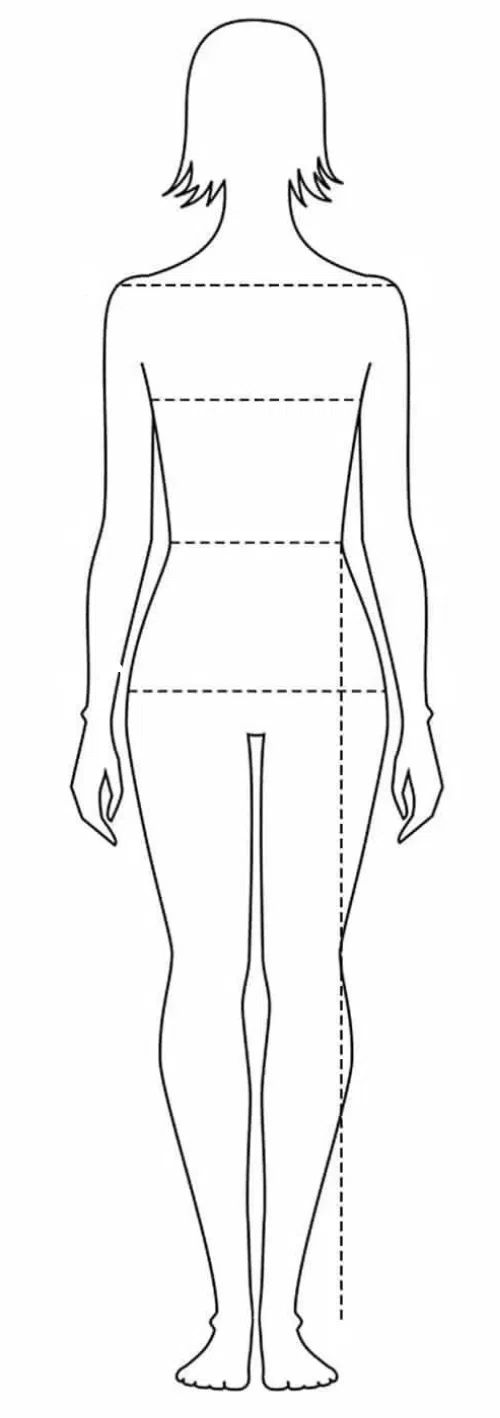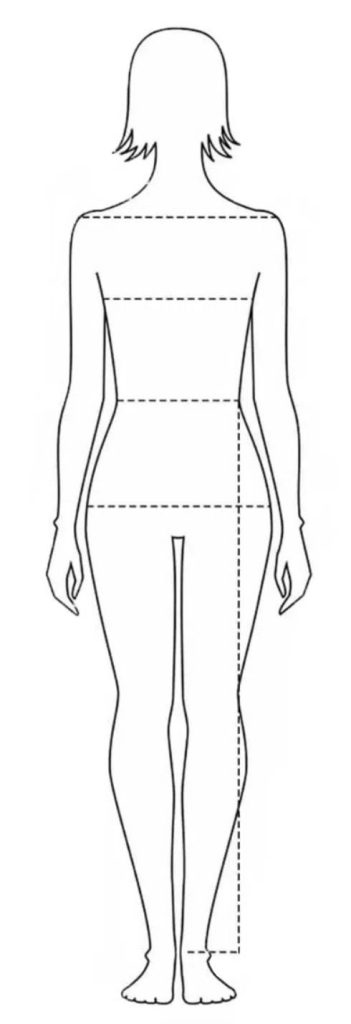In Shaft Jeans for three generations we have dedicated great attention and care to the research and development of new materials and special processes to embellish and make our garments unique.
We use top quality artisan craftmanships in collaboration with expert Italian companies in the sector.
One of these is FLOCKING, a decorative technique in use for many centuries, which consists in covering fabrics with synthetic or natural fibers to obtain a “velvet effect“. This effect, nowadays, is obtained by orienting and projecting fibers of various sizes on a fabric covered with adhesive through the energy of an electrostatic field.
Flocking was born in China about 3000 years ago to beautify and improve the appearance of fabrics: it consisted of a manual process in which a resin was spread on a textile support material and natural fibers were then applied.
The first certain evidence of mechanical flockingdates back to the Middle Ages (12th century). According to findings in a Nuremberg cloister in Germany, this technique was used with the aid of wooden models with natural fibers previously crushed in a mortar to create wall decorations. However, despite being quite in use at the time, this technique was again put aside for a long time and only reused in modern times.
Indeed, it was in the 1920s that for the first time in the USA abrasive paper with an electrostatic supportbegan to be produced: with this method the corundum particles used were always aligned with the point upwards. Shortly thereafter this technique was transferred to textile fibers and around the mid-1950s the actual industrial production of designer flocked fabrics for women’s clothing began.
In the early 1960s, a new line of flocked products, carpets, was developed and, despite initial difficulties, it later became a widespread product with excellent resistance to wear and tear and cleaning. Also in the same period, the flocking of rubber profiles for the automotive industry was invented in the United States.
From the 1970s onwards, flocking was used in many other sectors, especially in the automotive industry, in cosmetics, in the phonographic and photographic trade. Sportswear with team logos and other decorative applications also spread a lot. In addition, upholstery fabrics and fabrics for shoes and bags were flocked.
Today electrostatic flocking, thanks to the perfected technique and refined materials, is able to finish almost any surface to give the support material not only a better look but also additional characteristics.
In clothing, the final effect is a resistant and structured garment that is at the same time soft to the touch and with a strong color, such as our LOLA in mustard-colored stretch flock denim.

